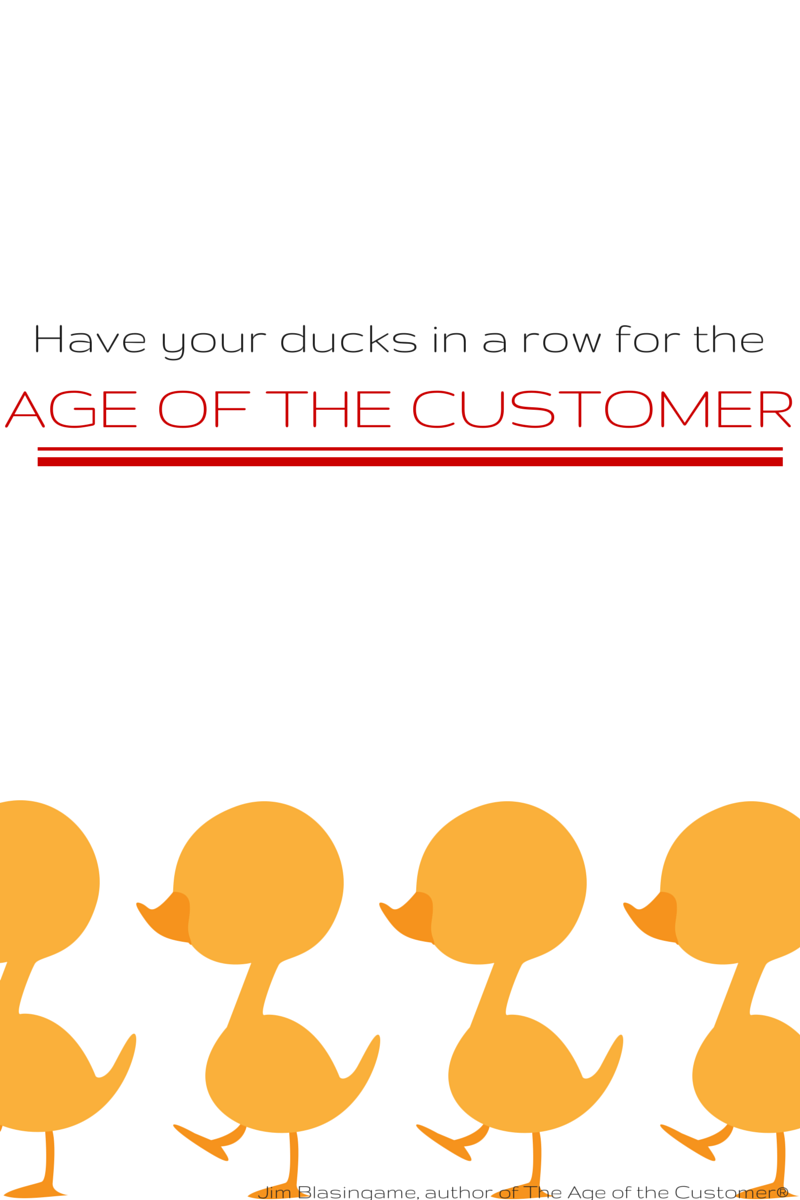Have you noticed that every new on-air person hired by a TV network looks like a soap opera actor? They’re all young and pretty. We’re left to think that non-beautiful people need not apply. That is, unless you’re familiar with a certain marketing measurement.
Marketing Evaluations Inc. is the proprietor of a marketing metric used extensively to hire on-air talent. It’s called the Q Score, and it’s as rude as it is simple.
A prospective anchor is presented to an audience who is asked to give one of two answers: I like or I don’t like. Responses are graded based on the numeric Q Score. Above 19 means you’ve “got Q.”
Never mind credentials, if you can read a teleprompter and have Q, you’re hired. Below 19—fuggedaboutit.
Could the Q factor be involved in perpetuating the marketplace myth that owning a brand is the exclusive domain of big business? After all, if only the young and beautiful possess the best TV journalism credentials, why wouldn’t we believe you can only have a brand if you have a sexy national television campaign?
Since most of us would be guilty of giving an “I like” score to a pretty face, it follows that we would also be foreclosed from thinking a dowdy small business could actually own a real brand. But here’s the truth about branding, and it’s good news for small business: Owning a brand is more than having Q.
Most experts will testify that a brand is established when a product delivers a desirable feeling. Pleasure, happiness, security and yes, even pretty are examples of how a brand might make us feel. A brand’s value and power are established when it consistently delivers on our feelings and, increasingly in the Age of the Customer, on our expectations.
If people were influenced only by things that have Q, churchgoers would only attend big, beautiful churches, and yet tiny churches abound. Like religion, brand loyalty is also a very personal thing, which is more good news for small business. Getting close enough to customers to discover their individual expectations is one of the many things small businesses do better than big businesses.
So it’s resolved: Owning a brand is not the exclusive domain of big business. And when it comes to actually building brand value, small businesses have the edge.
Big businesses may be good at brand Q, but small businesses are better at what really counts: building brand value. Our challenge is in believing this truth about ourselves.
Write this on a rock… Your small business’s Q is measured in brand value as defined by customer expectations.













